PI-MTE3
Large format, fully in-vacuum CCD cameras, offering flexible detector orientation and proximity to sample through sensor and camera design. With back-illumination technology, the PI-MTE3 delivers >95% peak quantum efficiency over the ~10 eV to 30 keV energy range. Efficient liquid cooling offers low dark current, facilitating long exposure times, with the four-port readout architecture offering 7-10x higher frame rates than previous generation two-port cameras.
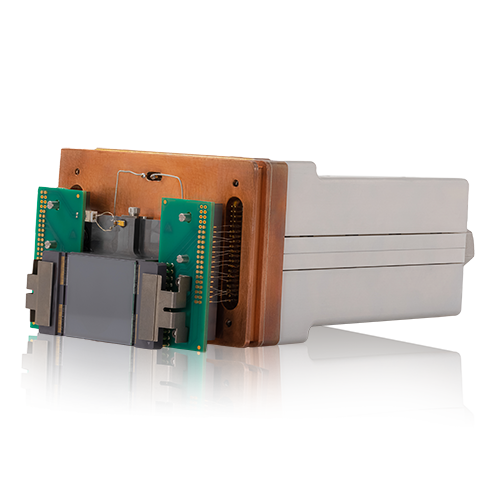
Fully In-Vacuum for Ultimate Flexibility
Every PI-MTE3 is tested and 100% usable in-vacuum, even including the cooling and electrical cables, giving exceptional reliability for flexible camera placement within the vacuum chamber – ideal for experiments with different scattering angles.
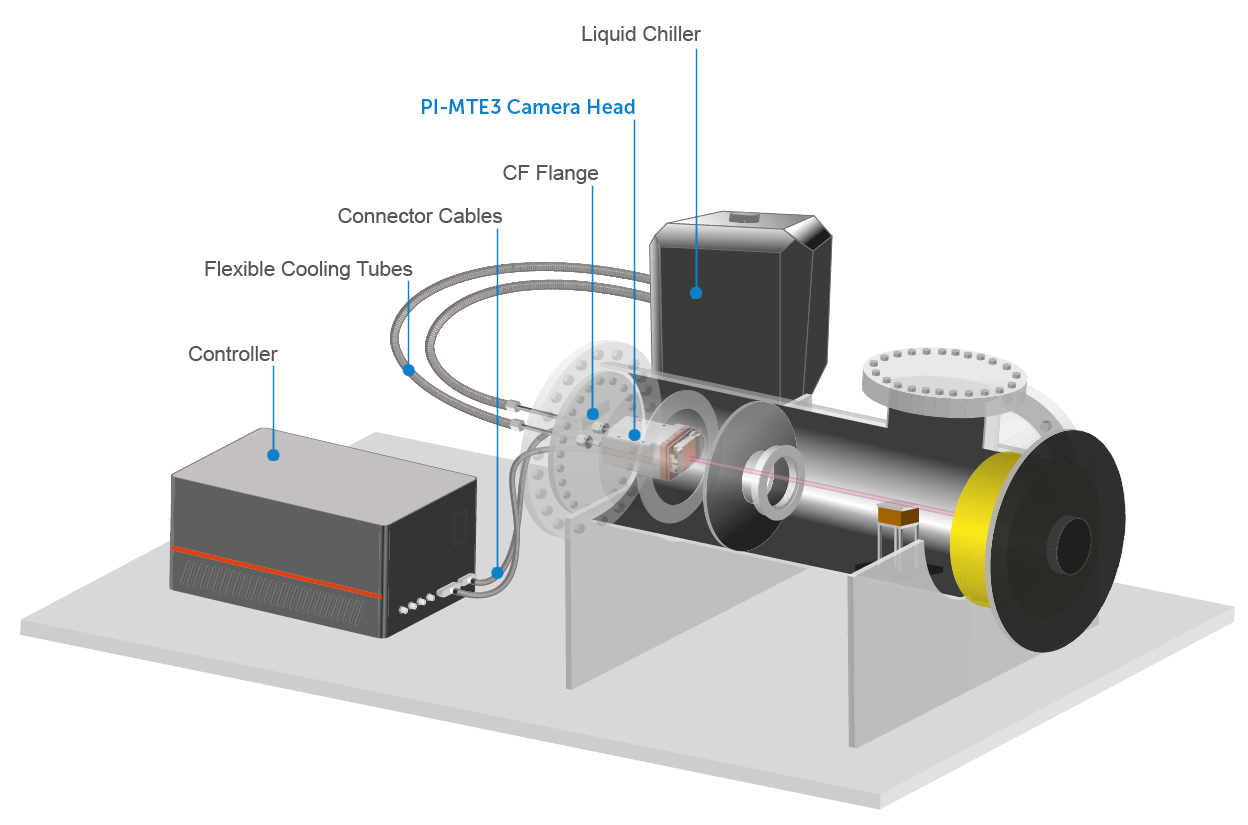
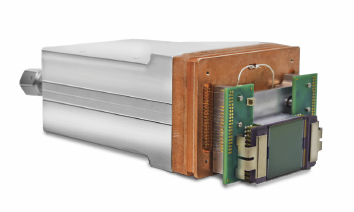
Optimized Sensor Position
The sensor within the PI-MTE3 is positioned at the base of the camera, allowing for direct detection of ultra-low incident angles, optimal for x-ray diffraction.
The PI-MTE3 is also buttable, offering the advantage of a large sensor area while providing space for the removal of any primary beam.
Soft X-Ray Energy Sensitivity
With sensitivity in the X-ray energy range from 10 eV to 30 keV, the PI-MTE3 is well suited for a wide variety of soft x-ray spectroscopy and imaging applications, such as X-ray microscopy, X-ray plasma diagnostics and EUV lithography.
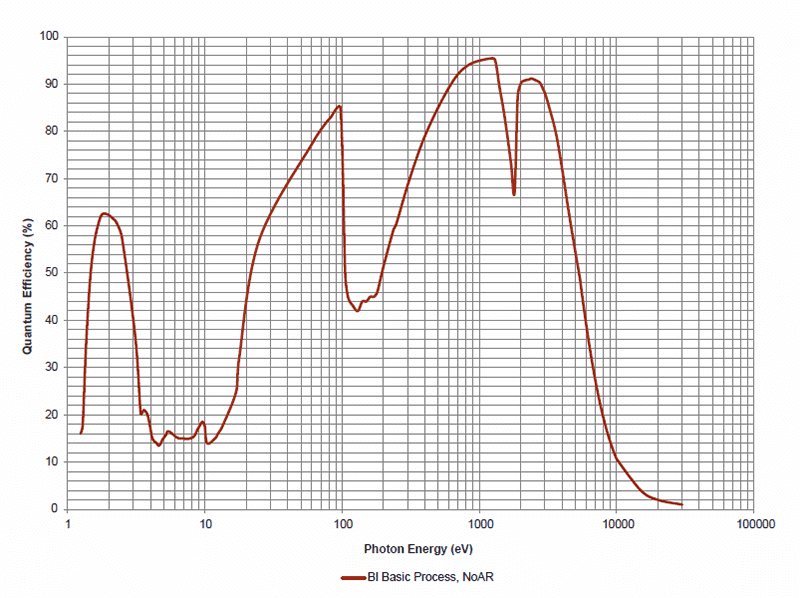
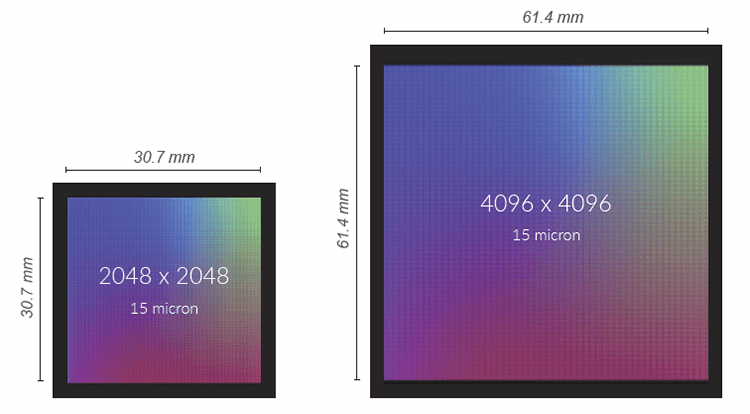
Large Format Sensors
The PI-MTE3 is equipped with large-format, back-illuminated sensors with a 2048 x 2048 or 4096 x 4096 resolution CCD sensor options. Both sensors cover the 10 eV to 30 keV range, with a peak quantum efficiency of >95%, owing to the high sensitivity of the PI-MTE3.
Highest Frame Rates
With approximately 3 full fps at 2k x 2k resolution, the PI-MTE3 offers up to 7 – 10x higher resolution than previous generations. Through efficient dissipation of heat from the electronics, due to valuable thermal design, continuous operation of the PI-MTE3 can be achieved without the need to shut down the camera periodically.
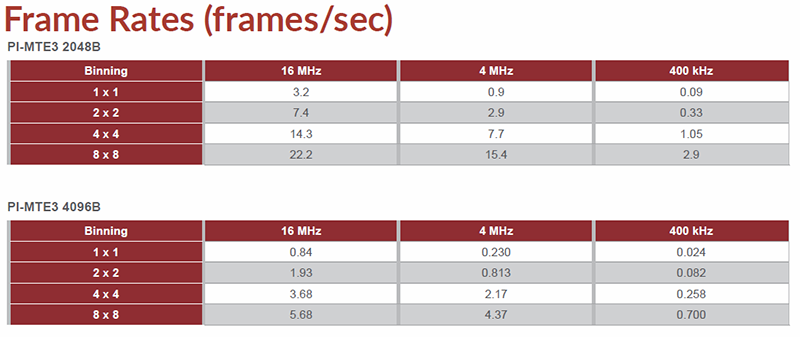
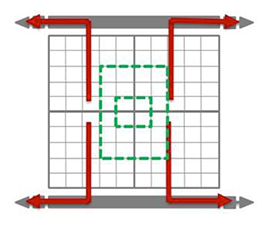
Customizable Performance
Flexible multiple-readout-port design allows the PI-MTE3 to capture even ultrafast events. With 4-port, 2-port or 1-port readout options, both custom sensor readout and kinetic readout can be achieved.
The PI-MTE3 delivers 3.2 fps at 16 MHz, with complete triggering support and independent optimization clocking for each port combination.
Powered by LightField Software
Powerful and intuitive software with built-in math engine allows for the complete control of cameras and spectrographs, with real-time image analysis and spectral data.
LightField software provides seamless integration of hardware controls and direct data acquisition into programmes such as National Instruments’ LabVIEW® and MathWorks’ MATLAB®. This software also fully supports IntelliCal automated wavelength and intensity calibration.
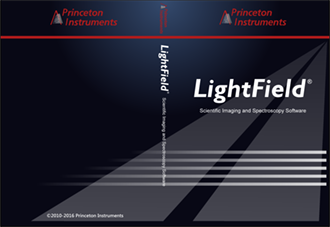
Family Specifications
| Quantum Efficiency | >95% |
|---|---|
| Peak Absorption Efficiency | 95% |
| CCD Resolution | < 4k x 4k |
| X-Ray Sensitivity | 10 eV to 30 keV |
| Readout | 16 MHz |
Model Finder
| Product | MP | FPS | Pixel Size (μm) | Sensor | QE % | DR | Price | Compare | Options |
|---|---|---|---|---|---|---|---|---|---|
PI-MTE3 2048B
MTE3-2048B-152
|
23000:1 | Request Info |
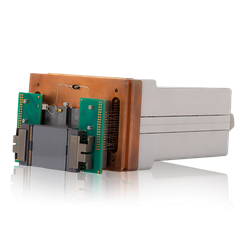
|
||||||
PI-MTE3 4096B 154
MTE3-4096B-154
|
25000:1 | Request Info |

|
||||||
PI-MTE3 4096B 154A
MTE3-4096B-154A
|
88000:1 | Request Info |

|
Media gallery
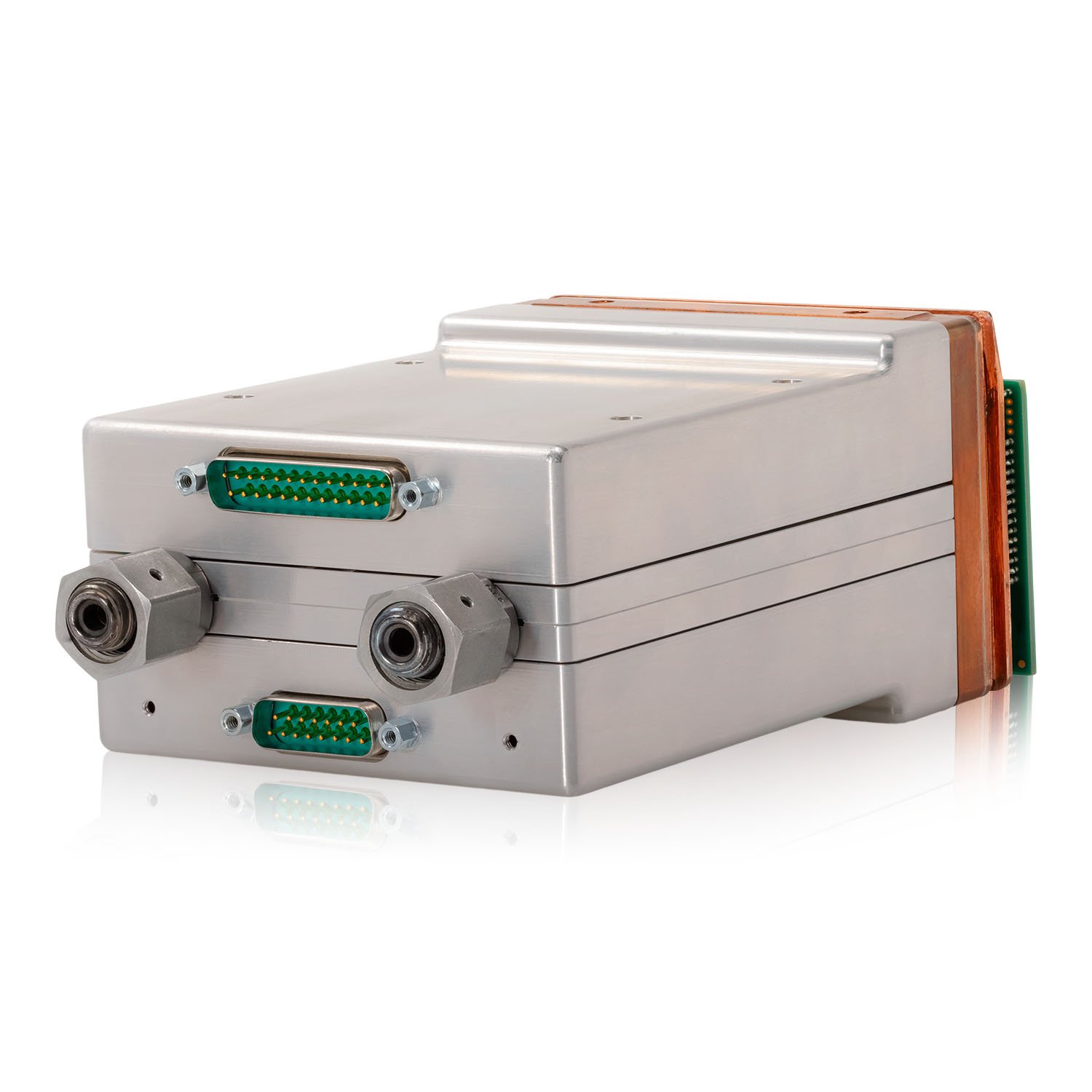

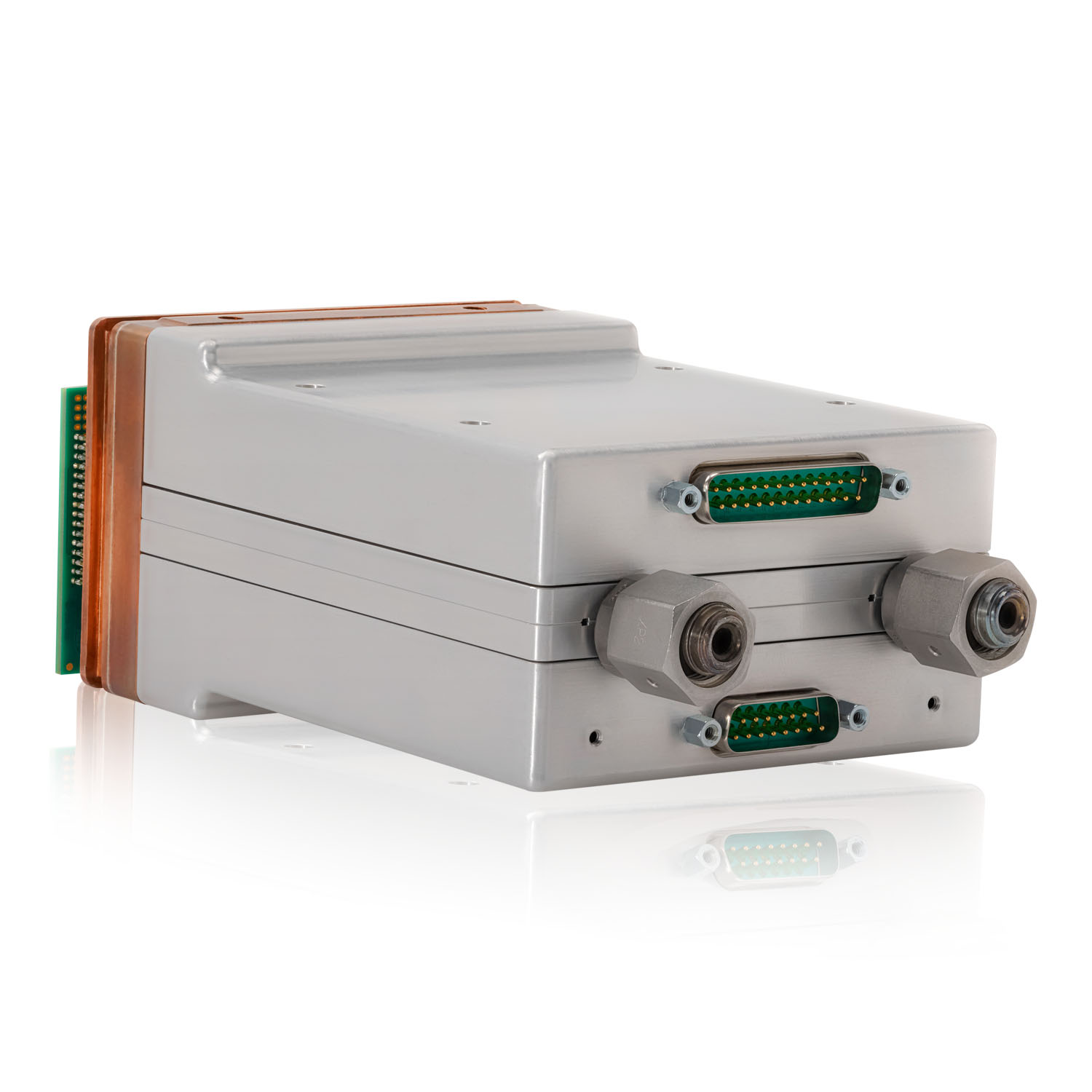
Resources & Support
Tech Note
Direct Detection of X-rays (30 eV to 20 keV) Using Detectors Based on CCD Technology
Read the StoryCustomer Story
High-Repetition Rate Laser-Matter Interactions for Solid Targets Customer Stories
Read the StoryBelow are assets shared by all models of this product family.
For model-specific assets, select an option in the Model Finder above.
PI-MTE3 Datasheet
PI-MTE3-System Manual
Contact Technical Support for any queries with your Teledyne Princeton Instruments camera and/or spectrometer, alongside purchasing extended warranty, accessories or software upgrades.
If you have an urgent issue, please call our Technical Support Team at (Toll free) +1 800 899 1144 or (+1) 609 587 9797 or email us directly at: [email protected].
Please visit our Contact Us page and choose "Contact Support" to get in touch with a support engineer.